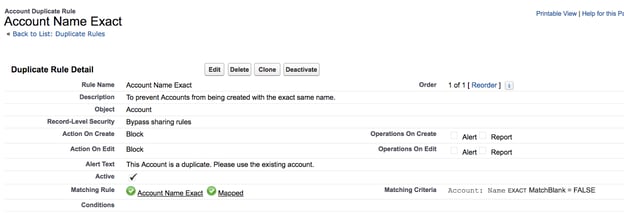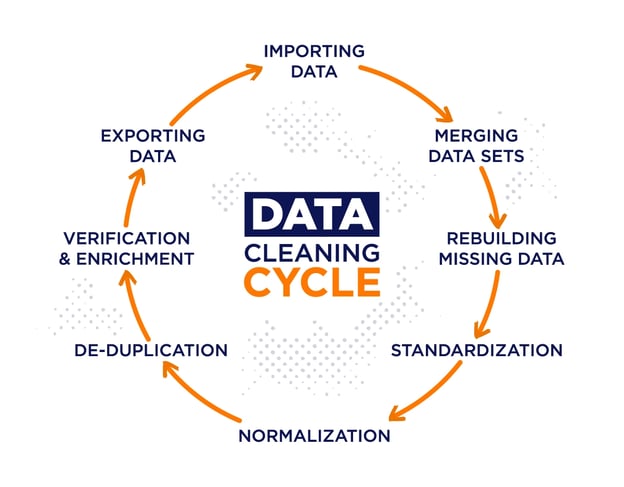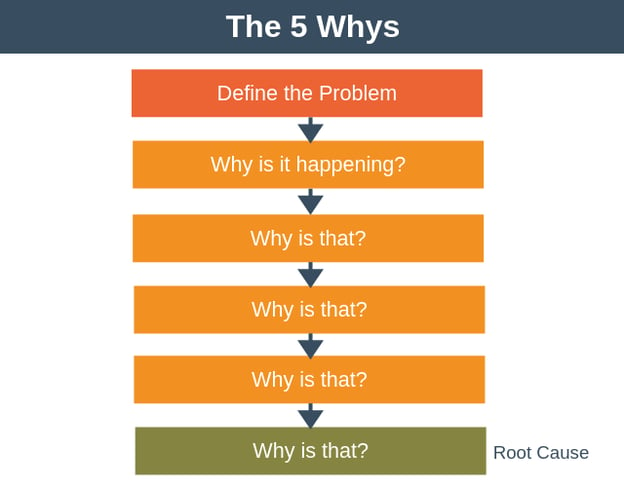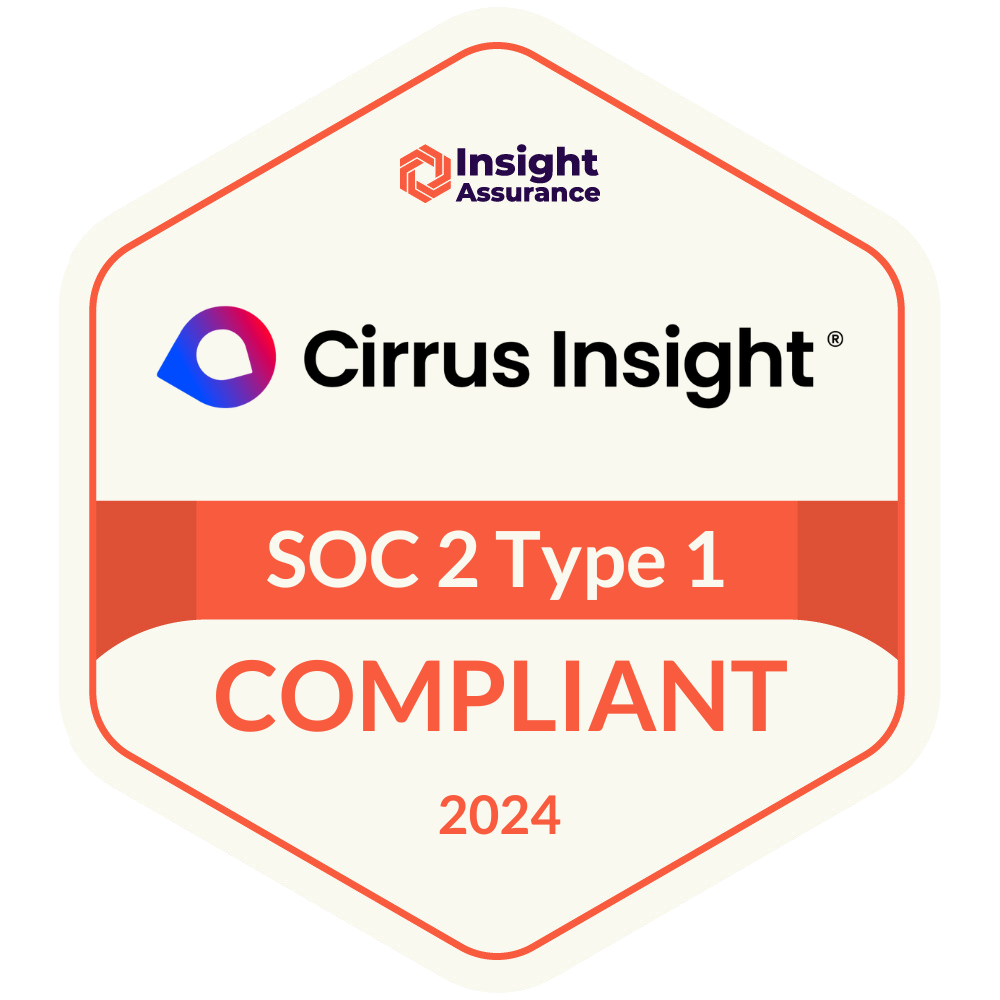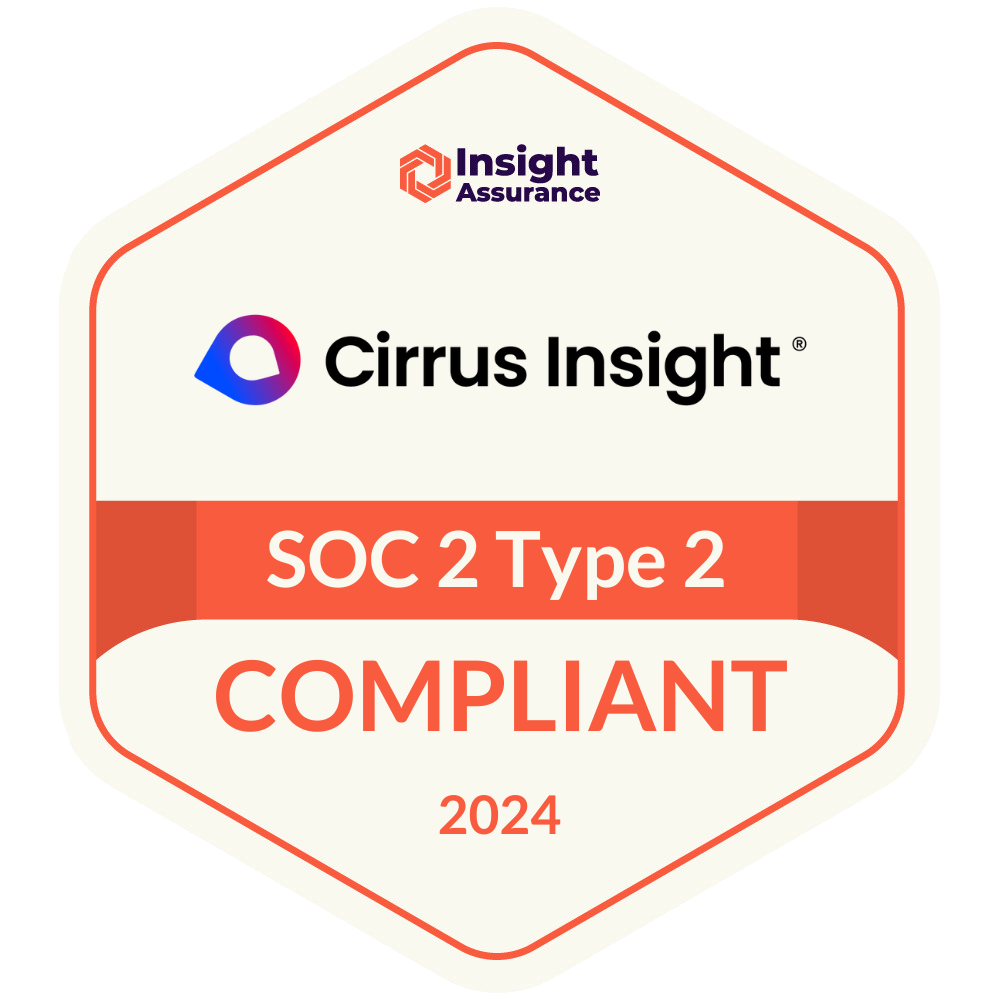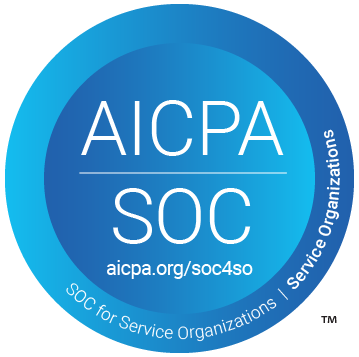- Solutions
-
Products
-
Resources
Sales Automation Tools | Cirrus Insight by Kristi Campbell View all Blog Posts >Get the App, Get the Sidebar, & Get Your Trial Going HereUnleash limitless growth opportunities by partnering with Cirrus Insight.
- Pricing
Filter By:
- All topics
- Sales Productivity
- Sales Intelligence
- Salesforce
- Sales Strategy
- Sales Prospecting
- Book More Meetings
- Best of
- Company News
- Product
- Sales Leadership
- CRM Admininstration
- Sales Metrics
- Supercharge Sales Activity
- Team Scheduling
- Admin
- serious insights
- Prospect Smarter
- Sales Activity Data
- Sales Forecasting
- Scheduling Solutions
- Prospect Faster
- Auto-Sync Everything To Your CRM
- Chrome
- Comparison
- Financial Services
- For Admins
- Getting Started
- IT & Security
- outlook
Subscribe to our Blog for the Latest Insights
Join our blog community to stay informed and receive fresh content and actionable tips directly in your inbox.
Why Active Listening Can Make You a Better Salesforce Admin

As a Salesforce Admin, how many times has someone asked you to create a new sales dashboard or set up a retargeting automation? Oh, and you need to get that new iteration done by tomorrow?
Unfortunately, users in your organization don’t always understand that creating new features takes time, even in Salesforce. So, you have to compromise code or process quality to meet deadlines.
While these bandaid solutions technically get the job done, suboptimal code quality can eventually cause processes to break and need to be refactored.
This is what’s known as technical debt, and over time it starts to accumulate like plaque in the healthy arteries of your business. And that can happen whether you’re a startup or an enterprise with years of experience.
The good news is that, like cholesterol, you can learn to manage technical debt if you take a proactive approach. In this guide, we’ll discuss how to reduce technical debt by improving how you communicate with stakeholders.
Here’s what you’ll learn:
Negative Impacts of Technical Debt
Active Listening Skills That Reduce Technical Debt
Final Thoughts: How To Reduce Technical Debt With Active Listening
Technical Debt 101
In software development, technical debt, also known as tech, design, or code debt, results from a software development team prioritizing speed of delivery above code quality. In other words, it’s the use of short-term fixes and patches instead of comprehensive solutions.
Technical Debt in Salesforce
In Salesforce, technical debt goes beyond coding. It can include any customization or workflow decisions that prioritize time and budget over long-term strategy.
Here are a few ways technical debt can appear in your Salesforce CRM:
- Redundant fields
- Overlapping processes
- Unassigned profiles, roles, page layouts, and groups
- Abandoned/unused processes, reports, and dashboards
- Relying on features that have reached the end of their lifecycle and will be phased out
- Hardcoded references
- Solutions that don’t scale
Suddenly, your bright and shiny CRM has turned into a hoarder’s haven of technical clutter, and that’s going to make it difficult for users to work effectively.
Causes of Technical Debt
Since time is a limited resource, some amount of technical debt is virtually guaranteed. However, making a habit of fast solutions can eat away at the usability of your CRM and require refactoring down the road.
Tech debt can be divided into two broad types: intentional and unintentional.
Intentional debt happens when you decide to prioritize speed over quality on purpose, and you may even make a plan to fix it later.
On the other hand, unintentional debt can happen as business goals and needs evolve or when Admins don’t have enough information about a request. In other words, you may have solved the problem differently if you knew how users would apply your solution.
Not to mention, the platform itself is always evolving. So solutions that make sense in the moment might not be optimal down the road.
For a Salesforce Admin, managing intentional debt is all about balance. Sometimes a speedy delivery trumps perfect code or design.
However, you also have the opportunity to learn how to curb unintentional debt by intentionally taking steps to improve communication around requests.
But first, let’s take a look at how tech debt can take a toll on your business and your CRM’s efficiency.
Negative Impacts of Technical Debt
Like all other shortcuts, the cost of saving time ends up causing more work and problems in the future.
Over time, unaddressed design debt will lead to increased maintenance costs, lower productivity, and even morale issues that can cause high employee turnover.
Increased Cost of Ownership
A CRM helps you reach your business goals faster, just like taking a car gets you to a destination more quickly than walking.
But if you don’t take the time to do minor maintenance, like regular oil changes, you’re vulnerable to more significant and expensive problems.
Acquiring tech debt in your Salesforce CRM can lead to costly refactoring and data cleaning projects.
According to a report by Stripe, engineers spend 33% of their time working on a backlog of technical debt. Let’s say you have one Salesforce Admin with a salary of $75,000. That’s $25,000 per year dedicated to code review and refactoring.
If your code debt clutters your data, you may have to pay for a data cleaning service that can run from $5,000 to $15,000 for 10,000 records.
Now, all of a sudden, the cost of technical debt looks like an extra $30,000 to $40,000 each year maintaining your CRM. Not to mention the opportunity cost of where that time and money could be going.
Decreased Productivity
When tight delivery deadlines get in the way of coding standards, you’re unable to build solutions that scale.
As an Admin, too much of your time gets eaten up by additional rework, which prevents you from working on strategic proactive solutions.
Mediocre code and design also start to eat into other users' productivity by adding clutter to the CRM. Hardcoded fields can affect the functionality of workflows, and unused views and dashboards make it harder for team members to get the information they need.
Low Morale and High Turnover
Working in a cluttered, patched-up environment doesn’t inspire high employee morale, even if it’s virtual. When a CRM becomes an obstacle to work instead of a facilitator, then employees don’t feel supported in their roles instead of a facilitator.
Poorly architected processes will frustrate Admins and other technical experts, eventually hurting morale and even leading to turnover.
How To Reduce Technical Debt
If you want to reduce technical debt, you need to adopt a mindset that considers long-term solutions instead of putting all the emphasis on deadlines. Not only that, but you have to take actionable steps to prevent debt, such as improving communications with non-technical stakeholders.
But how exactly do you go about doing that?
You can leverage active listening skills to improve communication around requests and reduce both types of technical debt.
In other words, you can make sure you’re on the same page with other team members right from the start. This helps you:
- Understand all project requirements
- Get an idea of what solutions work better in the long-term
- Share the trade-offs of choosing speed over quality
When you focus on understanding the context surrounding each issue instead of jumping in and resolving issues on the fly, you can create solutions that last longer.
Active Listening Skills That Reduce Technical Debt
Unfortunately, you can’t wave a magic wand and turn non-technical users into product experts who always bring you requests with enough time for design.
Remember, you’re the technical expert.
Other team members don’t understand the CRM as well as you do, and they might not know how much work goes into each request. They also might not understand there are several ways to achieve the same result.
It’s up to you to implement active listening skills that improve your understanding of the business needs behind every request or project so you can use that information to minimize debt when possible.
Here are seven actionable tips you can start using today to improve your communication and planning process to reduce technical debt.
Try Last Line/First Line
Last line/first line is a conversational improv exercise with one simple rule: you must start your line by incorporating the end of the other person’s line.
Doing so forces you to listen to the end of what the other person says instead of zoning out to prepare your response. Plus, repeating someone’s last words signals that you’re listening and encourages the other person to continue the communication.
For example, let’s say a sales manager comes to you and says, “We want to collect different data for prospects, customers, and vendors, but I’m having trouble seeing what’s missing because there’s a lot of information on the account page.”
You can reply with, “Since there’s a lot of information on the account page, we can look at adding record types or using conditional visibility features to better surface the most relevant data.”
By using last line/first line, you accomplish two things. First, you listen to the end, which allows you to discover the sales manager’s reasoning, or pain point, behind the request. Second, you demonstrate that you’re listening and understand their needs by repeating their words.
Minimize Distractions
Just because you can hear someone talking doesn’t mean you’re listening. Your hearing is automatic, but listening requires intention. Unfortunately, studies find that 75% of listening time is distracted or preoccupied.
Learn to kick distracted listening to the curb because it will never help you.
If you’re meeting in person, put your phone away and close your computer if it’s not necessary for the meeting. Even if you’re in a Zoom call, avoid multitasking, close other tabs, and close the door to your workspace, so you’re not interrupted.
Use the Five Whys
Toyota founder Sakichi Toyoda developed the Five Whys technique in the early twentieth century, and the company still uses it to solve problems today.
The Five Whys technique helps people reach an in-depth understanding of each issue to solve problems based on factual information instead of assumptions.
To use the technique, define your problem and begin with the first why, such as “Why is this workflow automation missing certain contacts?” Find the answer, and then repeat four more times for a total of five whys.
Having the discipline to dig deeper and explore root causes helps you solve problems for the long term instead of jumping on the first bandaid solution.
Ask More Questions
Active listening requires action, and one of the best things you can do when listening is to ask follow-up questions instead of making assumptions.
Don’t be afraid to ask more questions than you think you need to. Having more context upfront helps you reduce technical debt and avoid the need for refactoring.
In particular, you want to ask:
- How is this solution going to be used?
- Who needs this solution?
- When do you need this done?
- Can you be flexible on the deadline if it means a better solution?
- How much flexibility do you have with the deadline?
- How else is this problem affecting your team?
As the technical expert, you can offer product-related insight and suggest the best methodology, but only if you have enough detail at the beginning.
Give Nonverbal Listening Cues
Another action you can take to facilitate better communication is providing nonverbal listening cues. That means you demonstrate that you’re actively listening, so people feel heard and want to provide you with more information.
When the other person can sense that you’re paying attention, they’re more likely to accommodate the questions you need and listen to you when you push back on deadlines or offer alternative solutions.
Some ways to use nonverbal listening cues are to:
- Use eye contact
- Face the other person
- Lean in
- Smile
- Minimize fidgeting
With this tip, it’s essential to choose the cues that feel natural to you. Ultimately, you want both parties to feel comfortable and open while communicating.
Address Weak Points
Everyone has bad days. It’s all right if you’re not in the best headspace when someone comes to you for a solution.
Maybe you’ve been putting out work fires all day, and you’re mentally exhausted, or they’ve broached a topic that’s unfamiliar to you. Whenever you have a particular communication challenge, just let the other person know so you can set proper expectations right away.
If you’re not yet an expert on the topic, then the other person will be prepared for you to have more questions or need to consult with another person before giving them a final answer.
Or, if you’re a note-taker, announce that upfront. That way, the other party knows you’re still listening, even when you look away to write something down.
Keep Emotions in Check
Sometimes you’ll get requests that seem downright absurd. This is especially common when a user comes to you with a particular solution in mind instead of identifying the problem.
No doubt this can be frustrating. But letting that emotion surface during the conversation prevents you from getting all the information you need, and it puts the other person on the defensive.
The most important thing to remember is not to take a request personally. Instead of thinking that the other person doesn’t respect your time or assumes you can drop everything to help them, stay curious and ask about the problem.
Leveraging the other tactics, such as listening to the end and asking questions, can help you stay focused on information-gathering and keep you from angrily jumping to conclusions.
Final Thoughts: How To Reduce Technical Debt With Active Listening
In business, time and money often conflict with doing things perfectly, which means that some technical debt is unavoidable.
But ask yourself, “How much debt could I avoid if I had all of the information in the first place?”
Instead of jumping into problem-solving mode right away, ask all the questions you can and take time to research the best options. Nobody designs the perfect solution every time, but by incorporating active listening skills into your project management, you can avoid unnecessary debt and create more effective long-term solutions.

